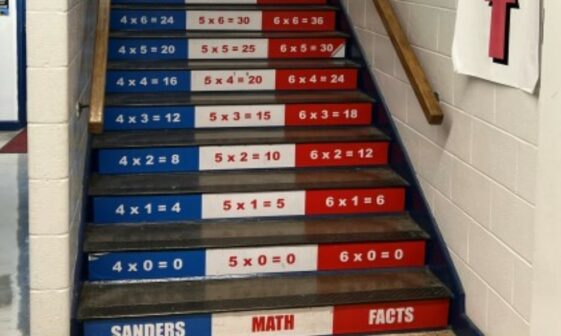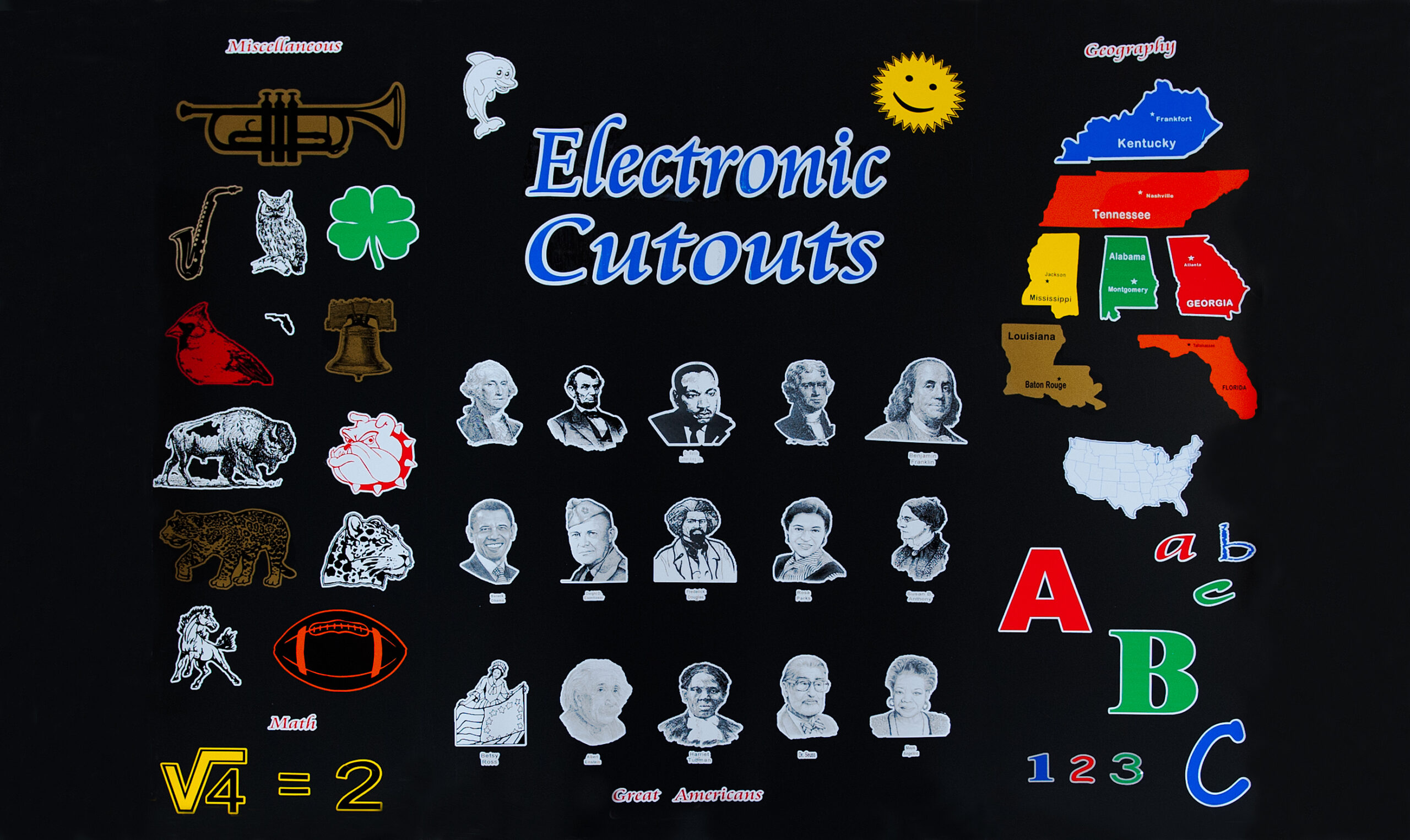Federal Funding Justifications Recognizer ULTRA


Title 1:
- Individualized Instruction for ELL and Special Education Students: Provide one-of-a-kind visual classrooms and concrete manipulatives, as well as individualized instruction materials for ELL and Special Ed programs. Create instant cutouts and flashcards of any and all commonly-used words, as well as words of difficulty to individual students, and tailored to each student. Present content visually, rather than just orally, which allows content to be less dependent on language. Create interactive Word Walls encompassing the use of SADIE Methodology techniques to further supplement and enhance the specific needs of an individual
student or group of students. Also, create phonics activities using word parts. These applications apply to Title 1 Part B, Title 1 Part C, and Title 1 Part D. - Classifying & Organizing Key Concepts: Title 1 promotes the use of “kinesthetic manipulatives” to provide hands-on learning. The Recognizer helps students to recognize, identify, and apply core concepts by allowing teachers to create their own pertinent, reusable manipulatives for key areas such as reading, math, science, ELL, and Special Ed programs and promoting hands-on learning activities. These are accomplished by creating manipulatives for discussion webs, reading keys, mind mapping, structured note taking, and more. These applications apply to Title 1 Part A and Title 1 Part F.
- Letter and Word Recognition and Number Concepts: Create study tools that promote and reinforce key concepts (such as the recognition and learning of letters, numbers, math symbols, and names) by creating cutout shapes and pertinent flash cards for core subjects. Create cutouts and desk labels of each student’s name, which fosters the recognition of each student’s own name, as well as the recognition of letter sequencing and the mastering of words on sight. This applies to Title 1 Part A and Title 1 Part B.
- Letter and Word Recognition: Support concrete learning of English through the use of alphabet cutouts. Also, create student name cutouts and prints, thus aiding letter recognition and mastery of words on sight. This applies to Title 1 Part A.
- Number Concepts: Reinforce number concepts with cutouts and labels of numbers and their values, as well as “matching games” that review numbers and their values. Also, create counting manipulatives and labels/flashcards to help students with 1:1 correspondence, addition, subtraction, multiplication and division. This applies to Title 1 Part A.
- Promote history, geography, and math recognition by creating detailed cutouts of historical figures, civil rights leaders, states, math symbols and equations, multiplication tables, and more through the use of the Recognizer’s enhanced cut-outs. Promote recognition of key letters, words, and symbols through the use of the Recognizer’s more than 250 scalable fonts. This applies to Title 1 Part A.
- Tracking Student Progress: Track students’ progress by creating custom displays with Recognizer lettering and creating custom cutouts and stickers to track progress on the displays. This applies to Title 1 Part A.
- Provide Study Tools to Reinforce Key Concepts: Provide students with manipulatives, cutouts, flashcards, and summary stickers to reinforce key concepts at home. This applies to Title 1 Part A.
- Reinforced and Explicit Instruction: Use your walls, floors, and stairwells to reinforce key learning concepts using colorful labels and visuals. This allows your school to create a print-rich learning environment throughout the school… not just in the classroom. One example of this is creating stairwell visuals, such as addition, subtraction, multiplication, and division tables. Another is creating large writing prompts and displaying them in the classroom. This application applies to Title 1 Part A and Title 1 Part D.
Title III (English Language Acquisition):
Use The Recognizer to ensure English learners (ELs) and immigrant students attain English language proficiency and meet state standards by creating a welcoming environment for limited-English-speaking students and parents through bilingual cutout words and bulletin boards, through multi-lingual classroom visuals and signage and through bilingual awards for both students and parents.
Title IV Part A (Safe & Drug-Free Schools):
Use The Recognizer to create awareness of your school’s policies and programs through creation of “Drug-Free!” stickers and awards.
Title IV Part B (21st Century Learning Centers):
Interact and communicate with students, parents, and the community at large with custom awards, bulletin boards, bumper stickers, decals, signs, magnets, etc. Use of these items creates an ongoing and self-sustaining endeavor.
Character Education:
Instill and promote positive character development through the use of large, custom Wall Words (Respect, Honesty, etc.) and instant, customized awards and wearable stickers whenever a student is “caught” doing something good or helping others!
KEY:
Title 1: Part A:
Improving basic programs operated by state and local educational agencies
The purpose of Part A is to provide all children significant opportunity to receive a fair, equitable, and high-quality education, and to close educational achievement gaps.
Title 1: Part C:
Education of migratory children
Part C funds assist states in supporting high-quality and comprehensive educational programs and services that address the unique educational needs of migratory children.
Title 1: Part D:
Prevention and intervention programs for youth who are neglected, delinquent, or at-risk
Part D is targeted to improve educational services for youth in local and state institutions for neglected or delinquent children and youth so that such youth have the opportunity to meet the same challenging State academic content standards that all children in the state are expected to meet.
Title 1: Part F:
General Provisions
Part F provides financial incentives for schools to develop comprehensive school reforms based upon scientifically-based research and effective practices that include an emphasis on basic academics and parental involvement so that all children can meet challenging State academic content and academic achievement standard
